Have you ever caught your pup’s paws twitching or heard a quiet bark while they snooze and wondered, “Do dogs dream?” Could those sleepy movements mean your dog is living out wild adventures in a dream world you’ll never see? This article is your ticket to the mysterious nightlife of our canine companions, combining science, stories, and expert opinions to help you peek into your dog’s secret dreams.
Do Dogs Dream? Challenging Our Understanding of Canine Minds
-
Pause for a moment—have you ever wondered, do dogs dream? Could your dog’s busy paws during nap time reflect a hidden world of dog dreams? This article journeys into what science and pet owners have witnessed, inviting you to ponder the inner lives of our beloved pets.
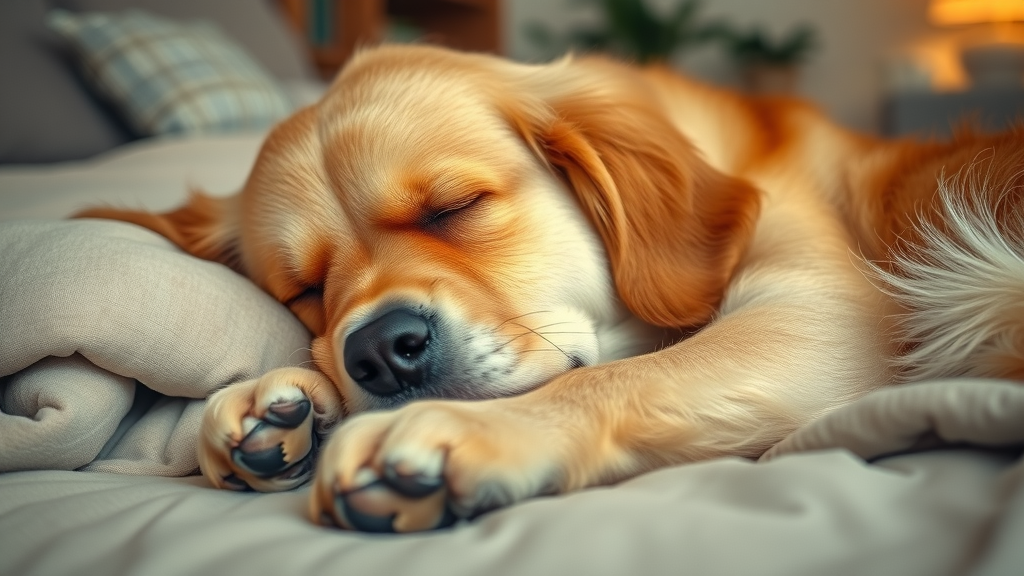
Key Insights and Discoveries: What You’ll Learn About Do Dogs Dream?
-
The scientific foundation behind do dogs dream?
-
Key signs that reveal if your dog is dreaming
-
REM sleep explained in dogs
-
The emotional impact of dog dreams, including bad dreams and nightmares
-
What research suggests about what dogs dream about
-
Personal stories and expert voices on dogs’ sleeping minds
The Science Behind Do Dogs Dream? Evidence from REM Sleep and Brain Activity
REM Sleep Cycles in Dogs and Their Connection to Dreaming
-
Overview of REM sleep in dogs compared to humans
-
What happens in a dog's brain during REM sleep
-
Famous sleep studies on animal dreaming
When it comes to answering the question, do dogs dream? , scientists often look at REM sleep—short for rapid eye movement. This stage of sleep, known from studies at the Massachusetts Institute of Technology and beyond, is when both dogs and humans produce the most intense, detailed dreams. Similar to people, dogs cycle through deep sleep and REM sleep multiple times per night. If you see your dog’s eyes darting under their eyelids, it’s a sign they’re in that special state where dreams form.
During REM sleep, dog brain activity resembles that of a person watching movies or replaying memories. Electrical activity pulses through regions involved with vision, movement, and emotion. In fact, researchers using EEG monitors have captured these telltale brainwaves and even measured “movements” in the sleeping dog’s limbs—proving these are more than just random twitches. In classic studies by Matthew Wilson at MIT, scientists observed that rats and dogs replayed daytime experiences during this stage. This compelling evidence supports the idea that dogs do dream , possibly about chasing balls, running, or reliving their adventures.
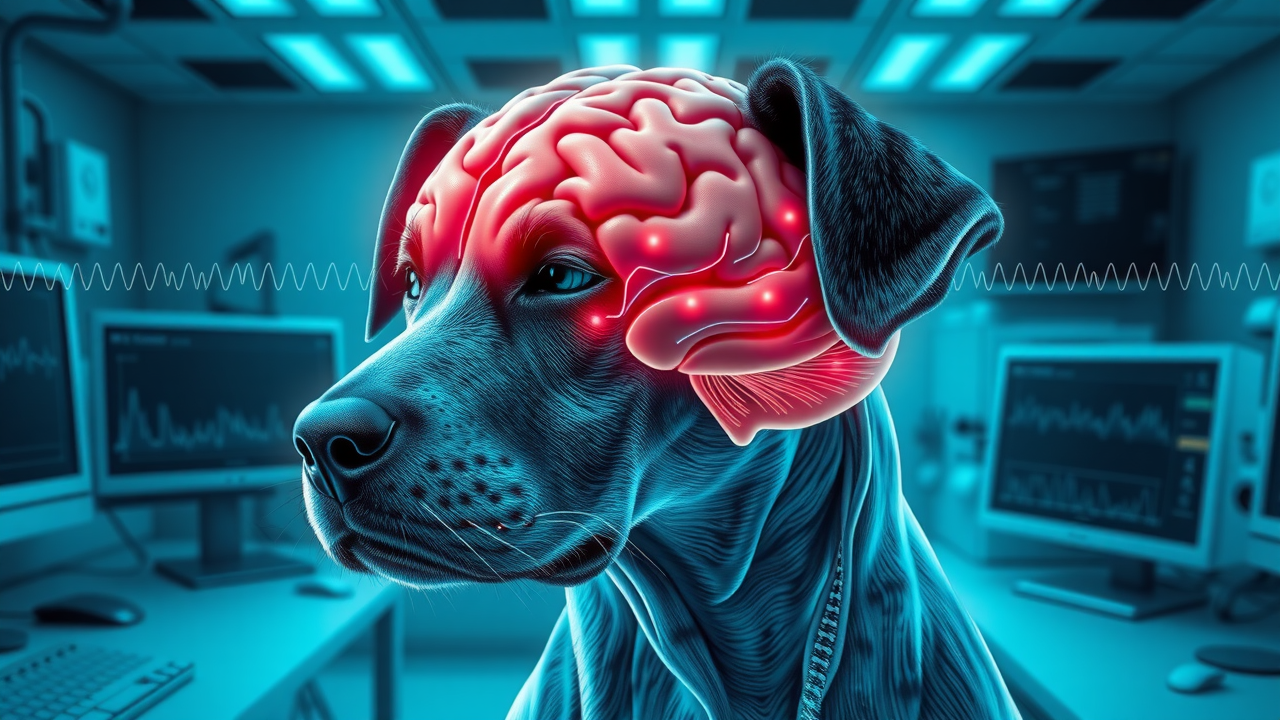
Dog Dreams: How Researchers Decipher Canine Nightlife
-
Tools scientists use to study dog dreams
-
What twitching, barking, and running motions indicate in sleeping dogs
Using brain activity monitors and specialized sleep-tracking tools, researchers have dug into exactly what happens when a dog is dreaming . Electroencephalogram (EEG) devices pick up on the electrical signals and rapid eye movements that mark REM sleep, confirming that a sleeping dog is likely experiencing dreams. The hallmark canine movements—twitching paws, playful whimpers, or tail wags—typically align with bursts of brain wave action, much like a person acting out a dream.
In one widely cited study by Dr. Stanley Coren, teams observed that dogs dream up frequent scenes from their waking hours . Whether a dog is small, medium, or a large dog , they may move, bark, or even “run” in place—all cues that their brain is replaying exciting moments, learning from recent experiences or even processing stress. This means those adorable little dream actions are likely connected to meaningful, vivid dream content.
“Dogs do experience REM sleep cycles much like humans, suggesting their dreams may be surprisingly vivid.” — Dr. Stanley Coren, canine psychologist
How Do We Know Dogs Dream? Recognizing Signs and Real-Life Examples
Signs Your Dog is Dreaming: Movements, Sounds, and More
-
What it looks like when a dog is dreaming
-
Breathing patterns and odd positions
-
Typical movements in dog dreams
If you’ve ever watched a sleeping dog wiggle, twitch, or make gentle noises, you may be catching them in the middle of a dog dream . These common behaviors happen during REM sleep, when the body is deeply relaxed but the mind is vividly active. Look for telltale signs: rapid, shallow breathing, sporadic paw moves, soft growls, or even the famous “dog paddling” motion in bed.
Dogs might also twitch their ears, whimper, or shift into unusual positions when they’re in dream mode. Occasionally, their eyes shift quickly beneath closed lids—classic rapid eye movement (REM). These signs confirm that dogs have dreams and are actively experiencing scenes or emotions in their sleep. If you notice your dog twitching and making joyous or distressed noises, it’s likely a glimpse into their private dream world.
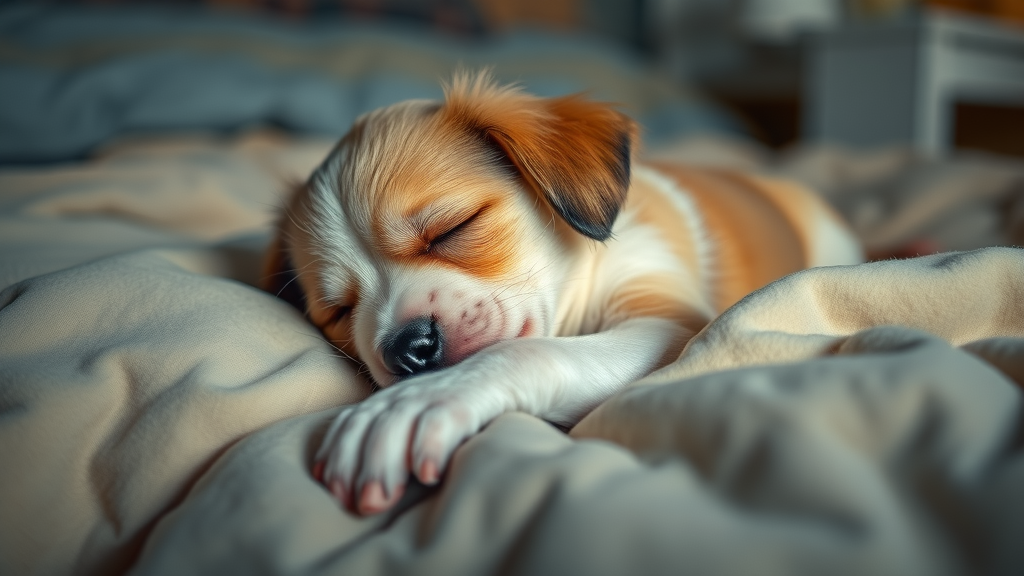
Personal Anecdotes: Memorable Dog Dreams Shared by Owners
“My dog used to run in place and whimper during naps—it looked just like she was chasing something in her dreams!” — Pet owner testimonial
Many dog owners have witnessed the magical moments when their best friend seems to dance through a dream. From senior dogs quietly uttering sleepy grunts to puppies doing a full-on gallop while lying down, dogs’ nightly antics fill homes with wonder. Such stories are more than cute—they hint at the emotional and experiential depth of canine sleep.
For example, one owner described her dog barking in her sleep, then waking with a tail wag, as if she had just won a game in her dreams. Another saw a large dog “swimming” through the air, complete with nose twitches and soft whines. These first-hand accounts, combined with scientific studies, strengthen the belief that dogs are dreaming of real events, emotions, and even their closest companions.
What Do Dogs Actually Dream About? Exploring Imagination during Dog Sleep
Popular Theories on What Dogs Dream About
-
Chasing balls or prey
-
Interactions with family and other animals
-
Revisiting daily routines
-
Prospective memory and learned behaviors
So, what do dogs dream about ? Scientists believe that, much like humans, dogs replay meaningful events—running after a ball, playing with other pets or people, and navigating familiar places. As proven by MIT studies and confirmed by countless observations, dogs’ dreams often mirror their energetic waking hours . Activities that evoke strong emotions or require learning (such as new tricks) are likely to appear in a dog dream .
Some theories suggest that dreams may help solidify new skills, process stress, or simply relive joyful moments. Your dog’s dreamscape might be filled with games of fetch, exciting chases through the park, or snuggling with you (their favorite human)! Each sleepy adventure is a sign of a vibrant mind at work, not just random neural fireworks.
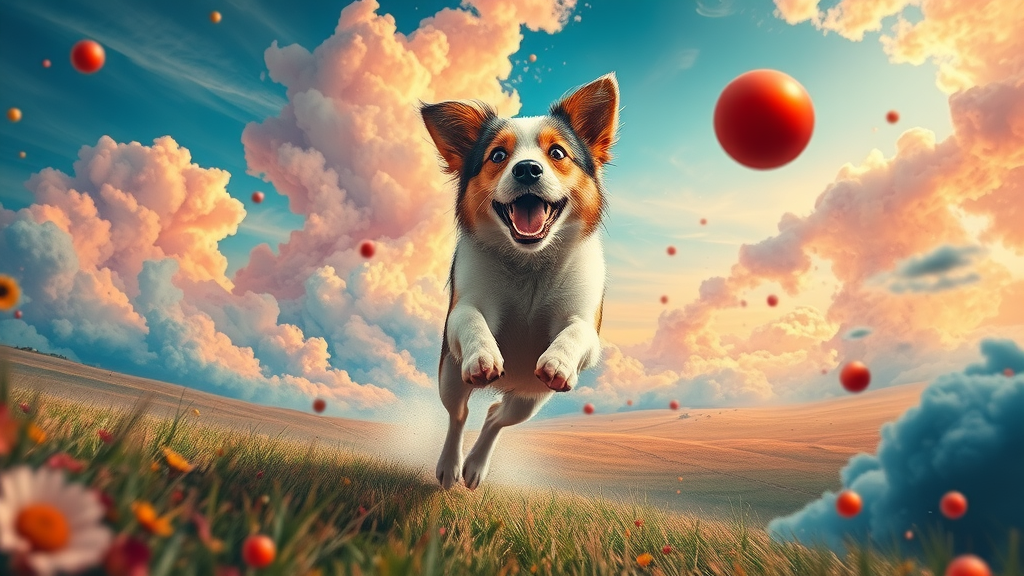
Are Bad Dreams and Nightmares Real for Dogs?
-
Signs of a bad dream in dogs
-
Emotional impact of stressful events
Just like people, dogs can experience both good dreams and nightmares . Signs of a bad dream or nightmare may include whimpering, barking, growling, or suddenly jolting awake with a sense of distress. The emotional impact can last a few minutes after waking, especially if the dog encountered stress or fear during the day.
Current research—cited in work by Dr. Deirdre Barrett and others—suggests that emotionally charged experiences (such as separation, loud noises, or rough play) may prompt bad dreams . If your dog is dreaming about something unpleasant, you’ll know: comfort them softly, and provide a safe environment so they can relax back into restful sleep. Your gentle voice or loving touch can make a world of difference.
Understanding Dog Dreams through the Lens of REM Sleep
REM Sleep Duration and Dog Dreams by Age and Breed
|
|
|
Dog Dream Patterns: REM Sleep and Age |
|
Dog Age |
Avg. REM Sleep |
Frequency of Dog Dreams |
|---|---|---|
|
Puppy |
High |
Frequent |
|
Adult Dog |
Moderate |
Regular |
|
Senior Dog |
Reduced |
Sometimes |
Why Do Some Dogs Dream More Vividly or Frequently?
-
Influence of lifestyle and activity levels
-
Genetic factors across breeds
The REM sleep patterns in dogs vary significantly based on age and breed. Puppies and young dogs, who spend up to half their sleep in REM, tend to dream more frequently—possibly replaying new experiences and rapid learning sessions. Senior dogs have shorter REM cycles, which may translate into fewer, but still meaningful, dreams. Breed differences, size, and lifestyle all affect the sleep cycle—active or anxious breeds often display more dog twitching and dream activity.
Genetics play a role too. Some breeds are more predisposed to active dreaming, while large breeds may show slower, more dramatic dream movements. A dog that spends more time exploring, playing, and learning during the day will have richer memories to process at night—leading to more dog dreams .
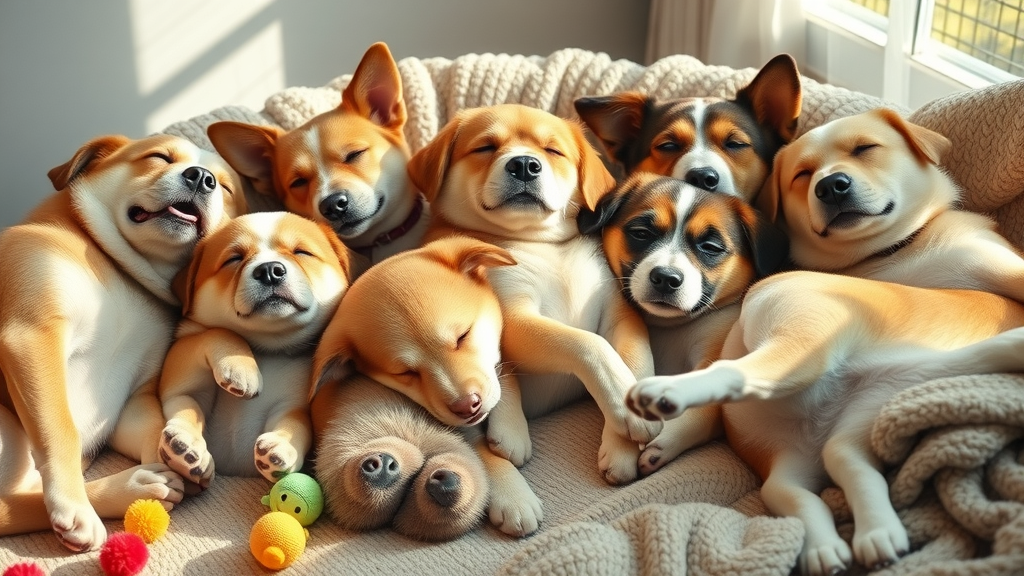
Do Dogs Have Nightmares or Just Dreams? Impact on Behavior and Well-Being
Symptoms of Bad Dream: How to Tell When a Dog is in Distress
-
Whimpering, barking, or sudden jolts
-
Tips for comforting a dog after vivid dreams
If your dog is experiencing a bad dream , you might notice behaviors such as intense whimpering, soft barking, heavy breathing, or sudden jerks and twitches. These symptoms usually occur in REM sleep and reflect emotional distress. Comforting a dog out of a nightmare involves offering your calm presence, softly petting them, and avoiding sudden wake-ups unless they appear truly distressed. Gentle, consistent routines can help your dog feel secure and reduce the chances of recurring nightmares.
Experts agree that supporting your dog’s well-being includes respecting their sleep cycles and providing a stress-free environment. If nightmares are frequent, review their daily activities for anything that might be causing anxiety or negative experiences.
Separation Anxiety and Nightmares in Dogs
-
Links between stress and unsettling dog dreams
-
Proactive care for anxious dreamers
Separation anxiety and emotional stress are strong triggers for unpleasant dreams in dogs. Dogs with a history of loud noises, changes in family dynamics, or previous trauma may be more prone to bad dreams or fitful sleep. Proactively supporting anxious dogs involves offering consistent affection, familiar routines, and, if needed, calming aids recommended by your veterinarian.
Tackling anxiety during waking hours can help reduce unwanted dog dreams . Interactive play, mental stimulation, and secure sleep environments work wonders for a dog’s sense of safety—leading to more peaceful, happy dream cycles through the night.
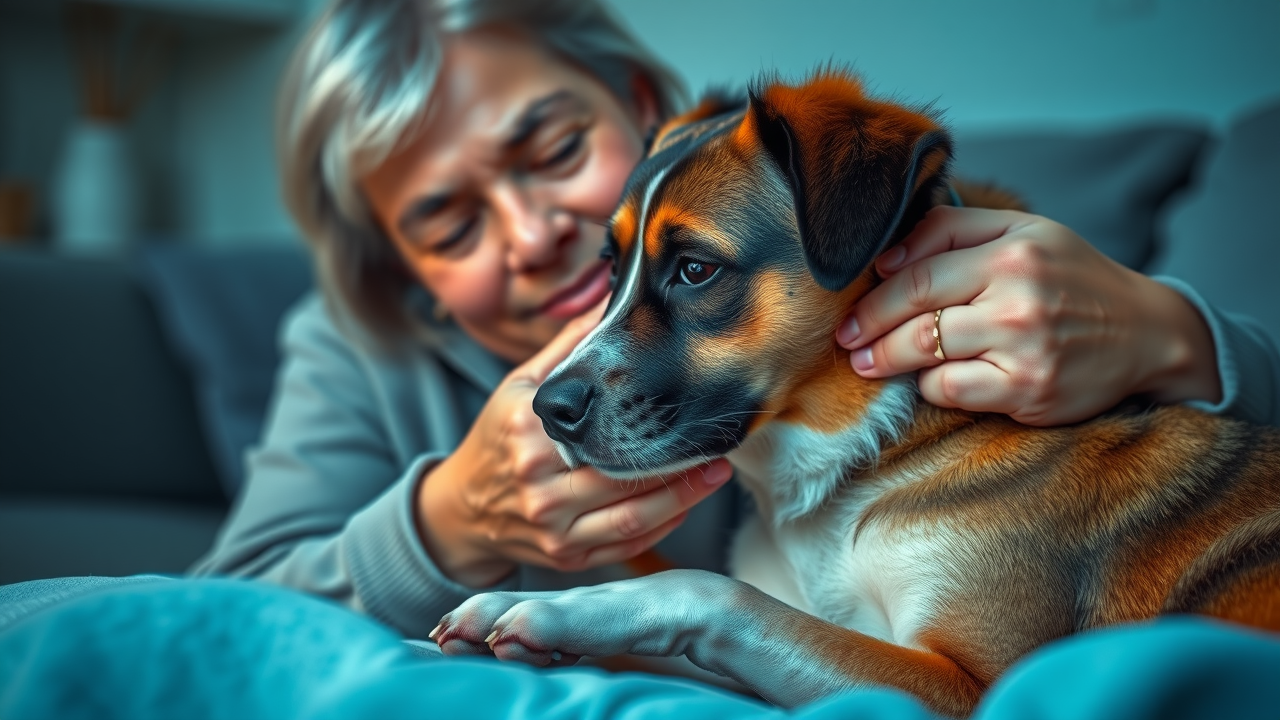
The Emotional Significance of Dog Dreams for Owners
How Dog Dreams Deepen the Human-Canine Bond
-
Interpreting your dog's dream patterns for a stronger relationship
-
What dogs' nighttime adventures teach us about their personalities
Observing your dog’s sleep patterns and dreaming behaviors can offer clues to their emotional life and build a stronger bond. When you notice your pup wagging a tail in her sleep or softly yipping, it’s a sign she’s emotionally processing her experiences—whether it’s learning a new trick or reminiscing about a fun walk. These moments in dog dreams are glimpses into what makes your companion unique.
Owners who pay attention to these sleep cues often learn to recognize sources of stress and happiness in their dog’s daily life, improving their pet’s overall wellness. Every night, your dog’s dreams are a silent conversation about her world; listening closely can help you respond with better care, empathy, and understanding.
Common Misconceptions about Do Dogs Dream?
-
Myths vs. reality: Understanding dog dreams without humanizing them falsely
There are several common myths about dog dreams. One of the biggest mistakes is projecting human-like stories or anxieties onto dogs’ nightly adventures. While research confirms the presence of complex dog dreams , it’s important not to confuse their experiences with ours. For example, dogs don’t dream of abstract fears or existential dread—their dreams are more practical and rooted in familiar routines.
Sleeping dogs lie with their own concerns and joys in mind! Understanding do dogs dream? from a scientific and compassionate perspective helps us value their unique ways of experiencing the world, while avoiding false assumptions.
Video Feature: Do Dogs Dream?—Capturing a Dog Dream in Action
-
Watch as a sleeping dog experiences REM sleep and subtle dream movements
People Also Ask About Do Dogs Dream?
What do dogs actually dream about?
-
Dogs are believed to dream about everyday activities—playing, exploring, interacting with their favorite humans or fellow pets. Studies show their dreams often reflect their daily routines and memorable events.
What do dogs dream about when they twitch while?
-
Twitching during sleep often occurs during REM sleep, when brain activity is high. It likely corresponds to a dog dreaming of running, playing, or reacting to exciting or stressful moments.
Do dogs have nightmares or just dreams?
-
Yes, dogs are capable of experiencing both pleasant dreams and nightmares. Signs such as whimpering, barking, or signs of distress may indicate a bad dream or nightmare.
What do dogs dream about when?
-
Dogs generally dream about things that matter most to them: familiar environments, favorite people, meals, and experiences that have left a strong impression in their memory.
Video Library: Scientific Breakthroughs—REM Sleep and Dogs Dream
-
Explore a visual summary of neurological studies on dog dreams and what happens during REM sleep
Expert Voices: Quotes and Insights from Leading Canine Researchers
“The science says dogs dream—which adds beautiful depth to their secret lives.” — Dr. Alexandra Horowitz, animal cognition researcher
“When my dog dreams, I see a glimpse of her happiest or scariest adventures played out while she sleeps.” — Veterinarian's reflection
Quick Reference List: Dog Dream Facts Every Owner Should Know
-
Most dogs experience REM sleep and dream
-
Puppies and elderly dogs tend to dream more
-
Movement, twitching, and sounds during sleep often indicate dreaming
-
Emotional events can trigger vivid dog dreams or nightmares
-
Nightmares are not uncommon—comfort your pet if distressed
Answering Your Questions: Do Dogs Dream? (FAQs)
-
Why do dogs twitch in their sleep? Dogs twitch because their brains are active during REM sleep, often replaying memories or acting out dream scenarios.
-
Can dogs remember dreams when they wake? While there is no direct evidence that dogs recall dreams as humans do, their actions after waking—like excitement or cautious behavior—can hint at remembered feelings or scenarios.
-
Should I wake my dog if it looks like they’re having a nightmare? It’s best to let dogs wake naturally, but if they appear truly distressed, gently calling their name can help ease them out of the dream without startling them.
-
Do certain breeds have more intense dreams? Yes! Active, intelligent, and working breeds often display stronger or more frequent dream activity.
-
How can I encourage calm, happy dog dreams? Ensure your dog has a peaceful sleep environment, daily exercise, positive interactions, and routines to encourage restful, pleasant dreams.
Summary Table: Do Dogs Dream? – At a Glance
|
|
Dog Dreams: Quick Facts at a Glance |
|
Question |
Quick Answer |
|---|---|
|
Do dogs dream? |
Yes, as proven by REM sleep studies |
|
What do dogs dream about? |
Daily activities, play, interaction, emotional events |
|
Do dogs have nightmares? |
Yes, dogs can experience both good and bad dreams |
|
Are certain dogs more prone? |
Puppies, seniors, and anxious dogs may dream more |
Canine Dreams in Perspective: What We Know, and Why It Matters
-
From mystery to measurable science, discovering 'do dogs dream?' reveals new depths to our relationship with man's best friend. As research advances, understanding how and why dogs dream can help us better care for their emotional and physical well-being.
Get More Insights on Dog Dreams and Canine Wellness
-
Caring for your pet just got easier. Get expert advice, product tips, and pet wellness updates delivered monthly. 🐾 Sign up today and stay one paw ahead.
Take actionable steps: Observe your dog’s dream signals, ensure restful sleep, nurture routines, and respond with empathy to deepen your bond and support canine wellness!
Research indicates that dogs do indeed dream, experiencing sleep cycles similar to humans, including the REM (rapid eye movement) stage where dreaming occurs. During REM sleep, dogs may exhibit behaviors such as twitching, whimpering, or even barking, suggesting they are reliving daily activities in their dreams. ( vcahospitals.com )
Studies have shown that animals, including dogs, often dream about their daily experiences. For instance, research involving rats demonstrated that they dream about running through mazes they had navigated while awake. This suggests that dogs likely dream about familiar activities like playing, chasing, or interacting with their owners. ( akc.org )
Observing your dog’s sleep patterns can provide insights into their dream world. Signs of dreaming include paw twitching, changes in breathing, eye flickering, and vocalizations such as whimpering or barking. These behaviors typically occur during the REM phase of sleep, indicating that your dog is likely experiencing a dream. ( bluecross.org.uk )
Understanding that dogs dream adds depth to our appreciation of their emotional and cognitive lives. Recognizing the signs of dreaming can help strengthen the bond between you and your canine companion, as it reflects their processing of daily experiences and emotions.
 Add Row
Add Row  Add
Add 




Write A Comment